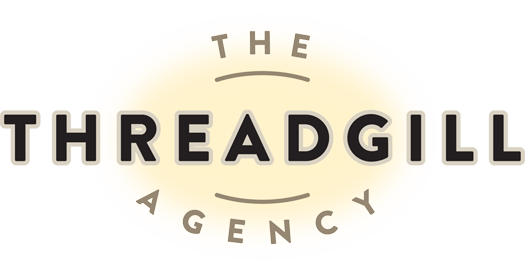
21 Jan The Most Cost-Effective Ways to Market Your Business on Social Media
People aren’t as trusting of traditional advertising as they once were. It is not enough to claim you have a great product; your potential buyers need to hear what their friends have to say about you. They want a connection to your company that goes beyond a sterile business relationship. Online reviews and social media have added an interactive dynamic to marketing. Businesses no longer just present themselves to consumers; they build communities and develop relationships with them.
A social media presence requires a dedication of resources, but social media is essential to building brand awareness and establishing trust with the shopping public. Haphazardly posting content with fingers crossed is not the best way to put your products and services in front of potential buyers. To be cost-effective, your social media marketing strategy must have specific goals and reach those who are most likely to respond to your message.
Begin With the End in Mind
Every post, every tweet, every pin must have a purpose. Your digital marketing strategy will have several campaigns, each with a specific goal. One campaign may be aimed at brand development and awareness; other campaigns may be designed to generate leads, build excitement for an upcoming product launch or drive visitors directly to a sales page. Before dedicating any resources to social media, know what you hope to gain.
Select an Appropriate Platform
Focus your social media activity on the two or three platforms where you can excel. You only want to spend money where your target market hangs out. Develop your buyer personas and discover their social media habits.
Visit Your Competition
You don’t have to reinvent the wheel every day. Check out your competition’s social media. What types of posts seem to work best for them? Can you do them one better? Also, seek out people and pages with interests that align with yours. For example, if you are an interior decorator, you would do well to follow a DIY home projects blog. Engage them with comments and share their content with your own followers to build a strong community of like-minded people.
Focus on Your Message
Don’t try to be all things to all people. Once you have narrowed down who you are targeting and where you will reach them, decide the message you want to send with each campaign and determine the best form to use. An image or video may work well for the message, “Our product is fun.” An infographic or testimonial would work better if your message is, “Our product solves problems.” If you hope to reach the Gen Z crowd, you will probably not have much success posting links to case studies on your Facebook wall. It’s a different story If you are going after Baby Boomers.
To keep followers interested and engaged, use a mix of formats — images, live streaming, storytelling, etc. All this content creation may seem like a lot of work and expense. However, content can be repurposed and resurfaced, which will double or triple your inventory of content. A blog post can yield a video, an infographic and a striking “pinnable” image. Evergreen content (posts that are timeless) can be resurfaced every few months.
Encourage User-Generated Content
Encourage your followers to post images of themselves using your products. Host contests and giveaways that require liking, commenting and sharing. Run hashtag campaigns. User-generated content costs little but encourages engagement and sharing. Be sure to engage with your audience, speaking to them in the persona of your brand. Answer questions and comment on their comments, even if it is just to say “Thanks for the great review.”
Measure Results and Repeat
Just as each post has a goal, each goal needs a metric to measure success. Every social media platform offers its own set of analytics. Depending on your goal, you may measure reach (how many people saw your post), clicks, engagement rate (clicks divided by reach) or other measures such as hashtag performance or new likes. If a particular post underperforms, figure out why. Was it the message? The form? Where or when it was posted? Don’t waste resources by repeating what doesn’t work. When content does well, drill down into the data to see why. Who read, clicked, commented and shared your post? How can you repeat this success?
Personal social media pages may serve as an outlet for whatever comes to mind, but using social media to market a business requires strategy. To make the best use of resources, it needs to be targeting the right audience with the right message on the right platform. This requires well-planned campaigns and specific, measurable goals.
